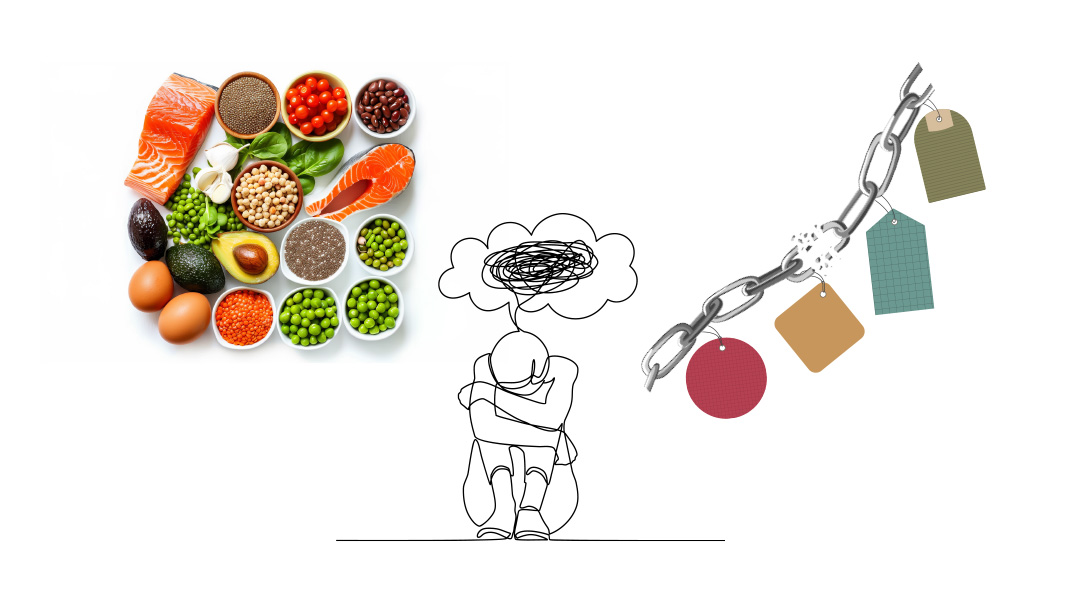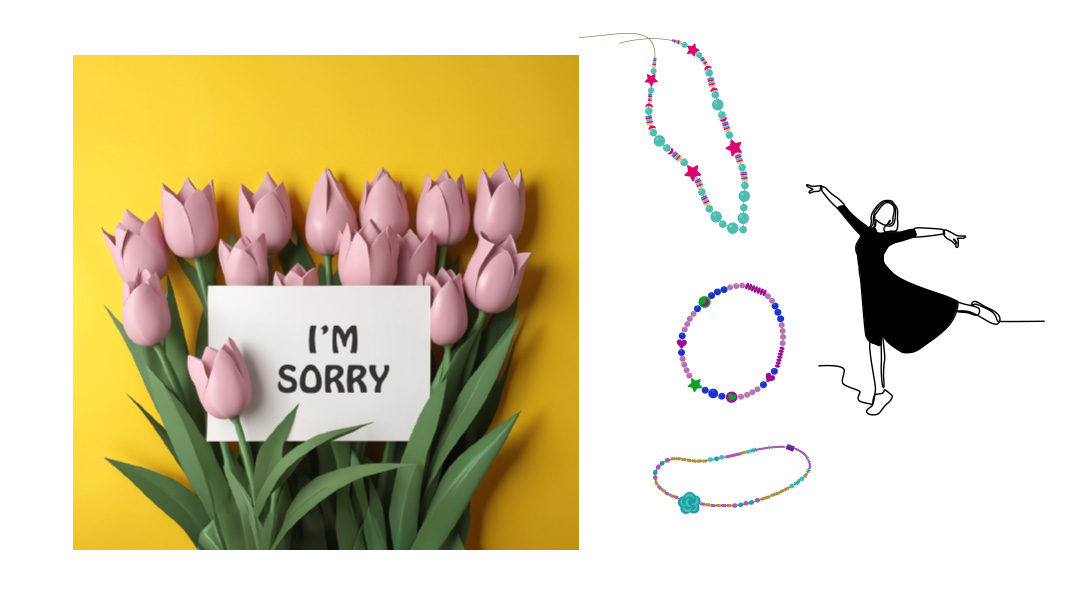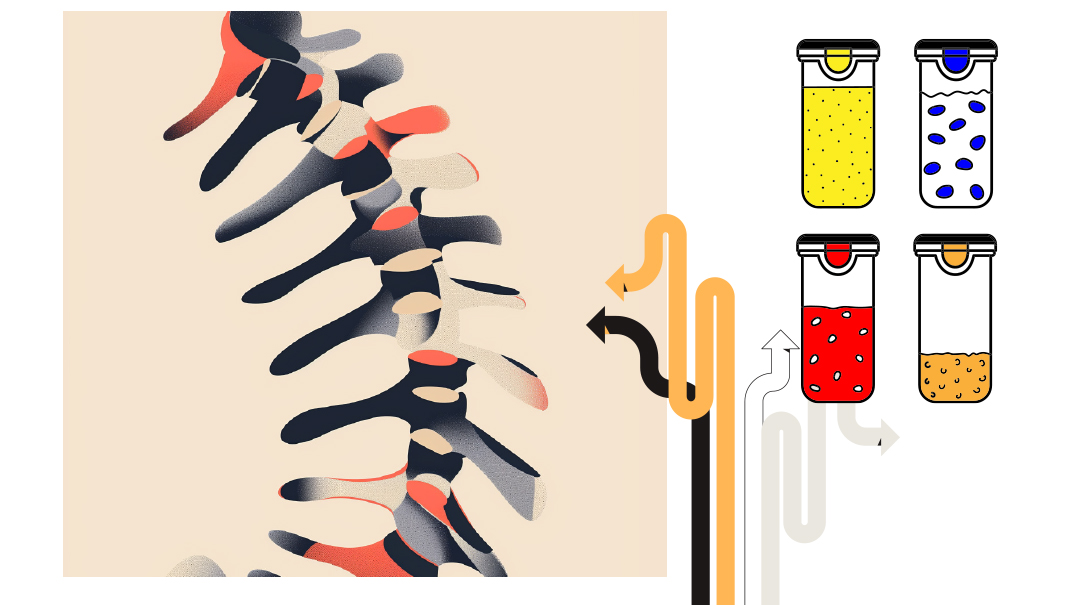In Limbo
| February 20, 2024There may be comfort in knowing that rarely does someone live in a permanent state of limbo

In Limbo
Abby Delouya
B
eing in limbo is a painful state. Usually this is the place where we wait, patiently or impatiently, with hope and fear tucked into the inner recesses of our hearts. We can find ourselves in this in-between place at different times in our lives.
Experiencing a state of limbo in marriage can be exceedingly difficult. This can be due to a lack of clarity about the status of marriage (separation? divorce? try to work on things?) or Rachmana litzlan when one spouse gets sick and the dynamic changes completely.
When someone is sick, often the community knows about it and may rally in support — at least in the form of material or physical help. There is likely compassion, understanding, and concern for the ill spouse, and fear about what will be. Still, no matter how much external help may be offered, this change of dynamic, coupled with fear, confusion, and the bulk of decision-making/child care falling on the healthy spouse, creates a painful limbo state.
“I would wake up in the morning, and for two seconds, I forgot. I thought everything was normal, and then I remembered, this is my new life.” It takes time to integrate new experiences, find different rhythms, and seek out what feels supportive in the new normal.
When it comes to a difficult marriage, there will likely be a state of limbo before a decision to separate. The fear of the unknown exists alongside the pain of the present. If there are unmarried children in the picture, this decision is compounded by trying to wade through the complex accompanying emotions and guessing, “What is better, this or that?”
This can also occur when one person wants to continue to work on the marriage and one doesn’t. There can almost be a feeling of paralysis — not being able to commit to either staying in the marriage or getting out of it. Sometimes couples choose to stay in a marriage until “such and such” event, and until then, they put that area in their lives on pause — they aren’t working on their marriage or healing from it. Unlike in some other circumstances, oftentimes this waiting is shrouded in secrecy, while trying to maintain normalcy and a facade of happiness and control, all without much emotional support.
Situations like these can leave us wishing for total clarity, if not nevuah — what will happen if I stay? Will things improve and I’ll be happy? Or what if I go? Is that really the best thing for me and the kids? Because we can’t open a window into the future, and in most cases, someone will not tell you exactly what to do, it’s important to be gentle with yourself throughout the limbo process. This is true regardless of the reason for the state of limbo.
- Realize that any transition can be extremely stressful. One that has a large unknown factor is additionally challenging. Agitation, tiredness, and mood swings are all normal reactions.
- Use your supports: Reach out to a rav/rebbetzin you trust, or share your process with some safe people in your life. Whether friends, siblings, parents, etc. Just sharing that you are experiencing turmoil can help you feel less isolated and alone.
- Take things slow if possible. As agonizing as the state of limbo is, making a lightning-fast decision just to get over the discomfort and then questioning the decision is extremely painful as well.
- Build your emunah, and try to find solace in your own spiritual connection and personal strength.
- Tap into your toolkit. This may look like increased mindfulness, exercise, or anything else that brings personal connection and joy.
There may be comfort in knowing that rarely does someone live in a permanent state of limbo. There will be clarity and a change of circumstances, and then this, too, shall pass. In the meantime, if you are in limbo — know we see you and are sending strength and encouragement your way.
Abby Delouya, RMFT-CCC, CPTT is a licensed marriage and individual therapist with a specialty in trauma and addiction.
Give Me Twenty!
Shoshana Schwartz
WE
know having an “attitude of gratitude” has positive effects on both our physical and emotional well-being. But how can you develop it?
It isn’t that complicated; just by searching for things to be grateful for, you’re already training your brain to see the world differently. Start small: First or last thing each day, mention three things you’re grateful for. Then — amp it up! Work toward finding 20 things you’re grateful for every day. And instead of just thinking them, write them down and say them aloud. You can even challenge yourself not to repeat the same idea in a week.
Sound excessive? Coming up with 20 things you’re grateful for daily really stretches you to think beyond the obvious. Of course, you’re grateful for that promotion, Shaindy’s engagement, and Yanky’s breakthrough. But dig deeper, and you’ll discover, and begin to truly appreciate, a glass of water, your skin’s ability to heal after a cut, or shoes that don’t pinch.
Current circumstances can make us grateful for difficulties we don’t have. Reframe positively. I’m grateful I don’t have to run to my bomb shelter becomes I’m grateful I live in a peaceful area. I’m grateful I’m not down with the flu like my sister becomes I’m grateful I feel healthy.
Being grateful doesn’t minimize or negate other feelings. You can be sad, angry, and grateful. Gratitude doesn’t take away the pain, but it does offer some relief.
Neither does gratitude imply permanence; I can be grateful that today I had the resources to be kind to my unpleasant neighbor, or that this month I was able to pay my rent.
Just like writers are always on the lookout for a topic to write about, by upleveling your focus on gratitude, you’ll become a person on the lookout for things to be grateful for. And that’s just another thing to be grateful about.
Shoshana Schwartz specializes in compulsive eating, codependency, and addictive behaviors.
Riding Out the Rash
Dr. Jennie Berkovich
There’s a common saying in pediatric medicine: “It’s always molluscum.” That’s because molluscum is a ubiquitous rash seen in children. Molluscum contagiosum, a viral skin infection, presents with small, flesh-colored bumps with a central dimple. Typically, lesions resolve within six to 18 months without scarring.
Effective home remedies include regular cleansing and refraining from scratching to prevent spreading, while avoiding sharing personal items will keep the virus from spreading to others. Over-the-counter treatments like apple cider vinegar or tea tree oil may irritate the skin and haven’t been shown to be helpful. Prescription options like topical imiquimod or cantharidin application by healthcare providers can expedite resolution.
I typically like to leave molluscum alone unless it’s causing significant distress for the child or family. When molluscum starts to heal it will develop a red ring around the lesion. This is sometimes referred to as the “BOTE” sign (Beginning of the End) and is a signal that the body is starting to destroy the virus causing the rash.
Dr. Jennie Berkovich is a board-certified pediatrician in Chicago and serves as the Director of Education for the Jewish Orthodox Medical Association (JOWMA)
(Originally featured in Family First, Issue 882)
Oops! We could not locate your form.







